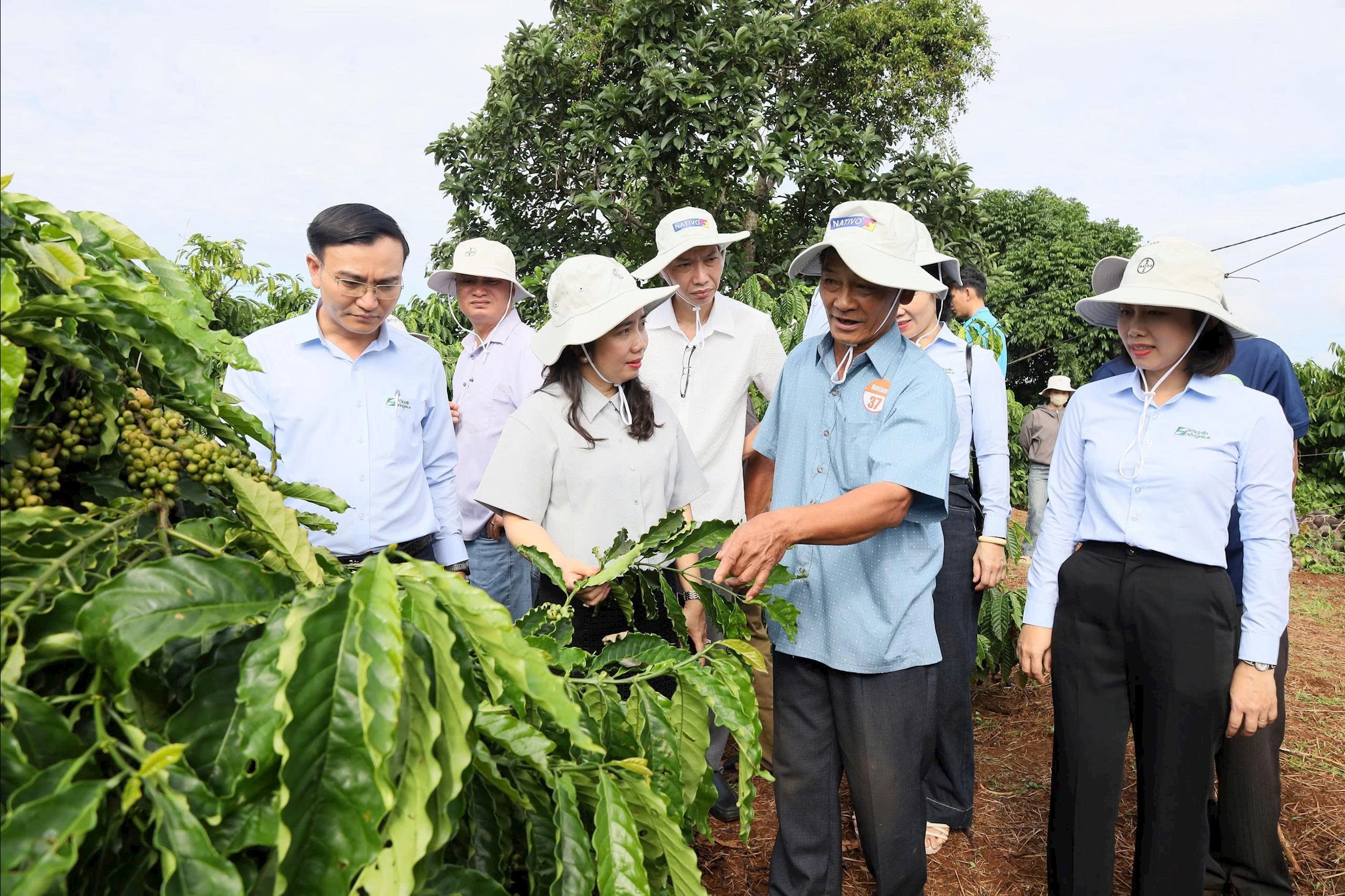
With its unique natural conditions and tradition of agricultural production, the Central Highlands is playing the role of a key agricultural economic region of the country. Coffee, pepper, and durian are not only key crops that create livelihoods for millions of farming households, but are also national agricultural brands, contributing significantly to export turnover and GDP growth.
However, behind the growth figures are big challenges in productivity, quality, value chains and climate change. In that context, agricultural extension is becoming a pioneering force leading the process of transforming Central Highlands agriculture towards modernity, sustainability and environmental responsibility.
From “knowledge bridge” to “driving force for production innovation”
According to Dang Ba Dan, Deputy Head of the Southern Standing Office (Central Highlands Branch) of the National Agricultural Extension Center, in recent times, the agricultural extension system has implemented many practical models suitable to the specific conditions of the region such as technical demonstration, training, developing raw material areas linked to the market, transforming thinking from production to agricultural economy, promoting digitalization and establishing community agricultural extension teams.
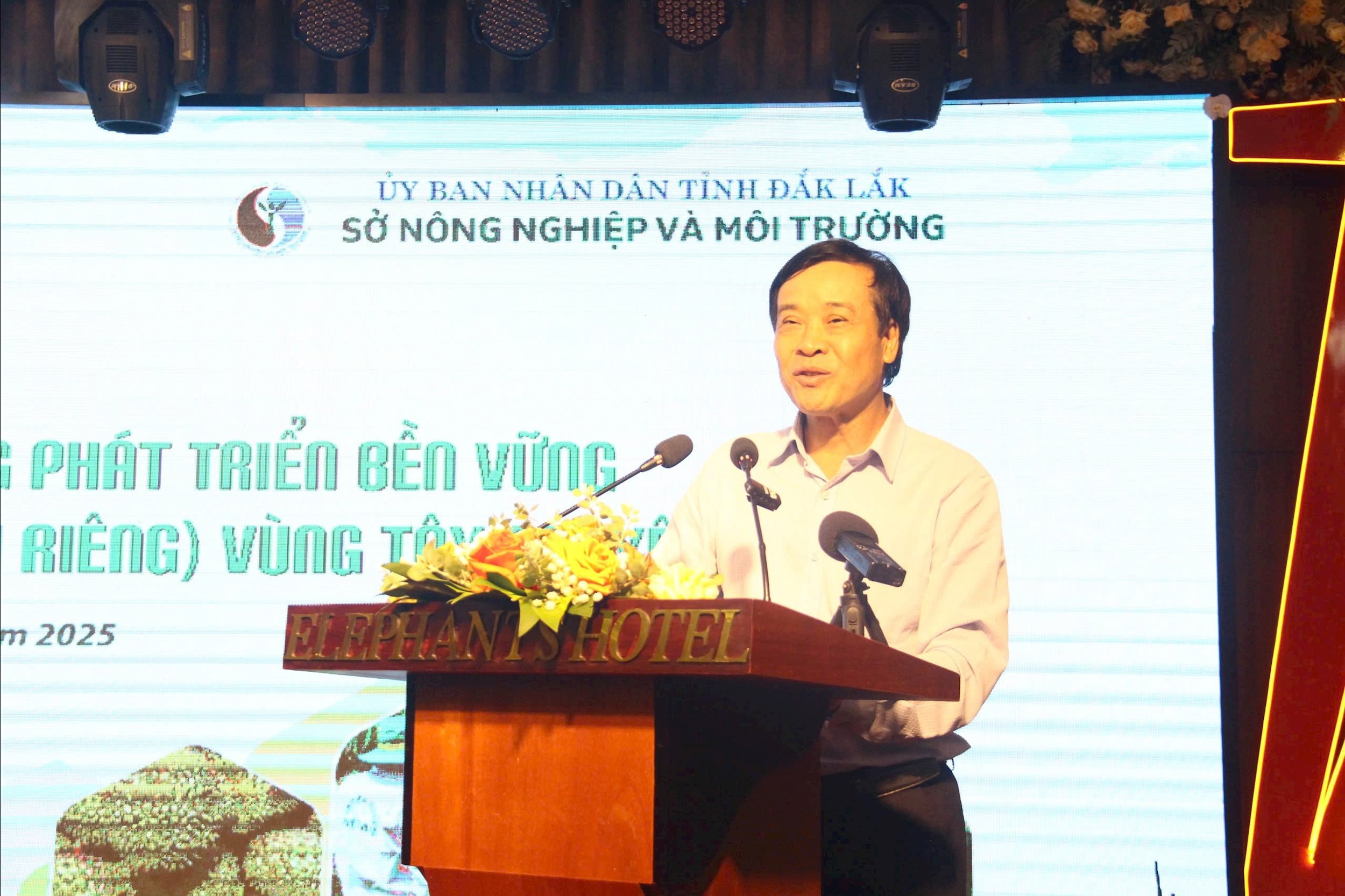
Many models have demonstrated clear effectiveness such as the Coffee Replanting Project for the period 2021 - 2025, the model "Smart coffee cultivation - climate change adaptation" in collaboration between the National Agricultural Extension Center, the Western Highlands Agriculture and Forestry Science and Technology Institute (WASI) and Binh Dien Fertilizer Joint Stock Company. After just one crop, the yield of the 2023 - 2024 crop was over 15% higher than the control, and is expected to continue to increase in 2025.
According to Director of the Dak Lak Provincial Agricultural Extension Center Dinh Van Dang, agricultural extension work in the locality not only helps improve productivity and quality of crops but also clearly demonstrates the role of a "bridge" between science, technology and production practices, contributing to realizing the goal of restructuring the agricultural sector.
In Gia Lai, agricultural extension is considered a pioneering force in transforming production thinking, contributing to the formation of many specialized areas meeting VietGAP, GlobalGAP, 4C, and organic standards. In Lam Dong, where agriculture accounts for more than 40% of the province's GRDP, agricultural extension models are expanding specialized areas for key crops, associated with high technology and closed value chains, aiming for green agriculture, adapting to climate change.
Towards a modern, multi-agent agricultural extension ecosystem
Faced with new development requirements, the National Agricultural Extension Center has identified a number of key tasks: building a model of sustainable farming, strengthening value chain linkages, managing growing areas and traceability, accompanying digital transformation in agriculture, training and communicating to improve the capacity of grassroots staff.
The participation of enterprises is opening up a new direction for agricultural extension work. A representative of Ca Mau Petroleum Fertilizer Joint Stock Company said that it has integrated artificial intelligence (AI) into the “2 Agriculture” application, helping to diagnose 22 types of pests and 8 symptoms of nutritional deficiencies on coffee, pepper, and durian trees, helping farmers to be more proactive in production.
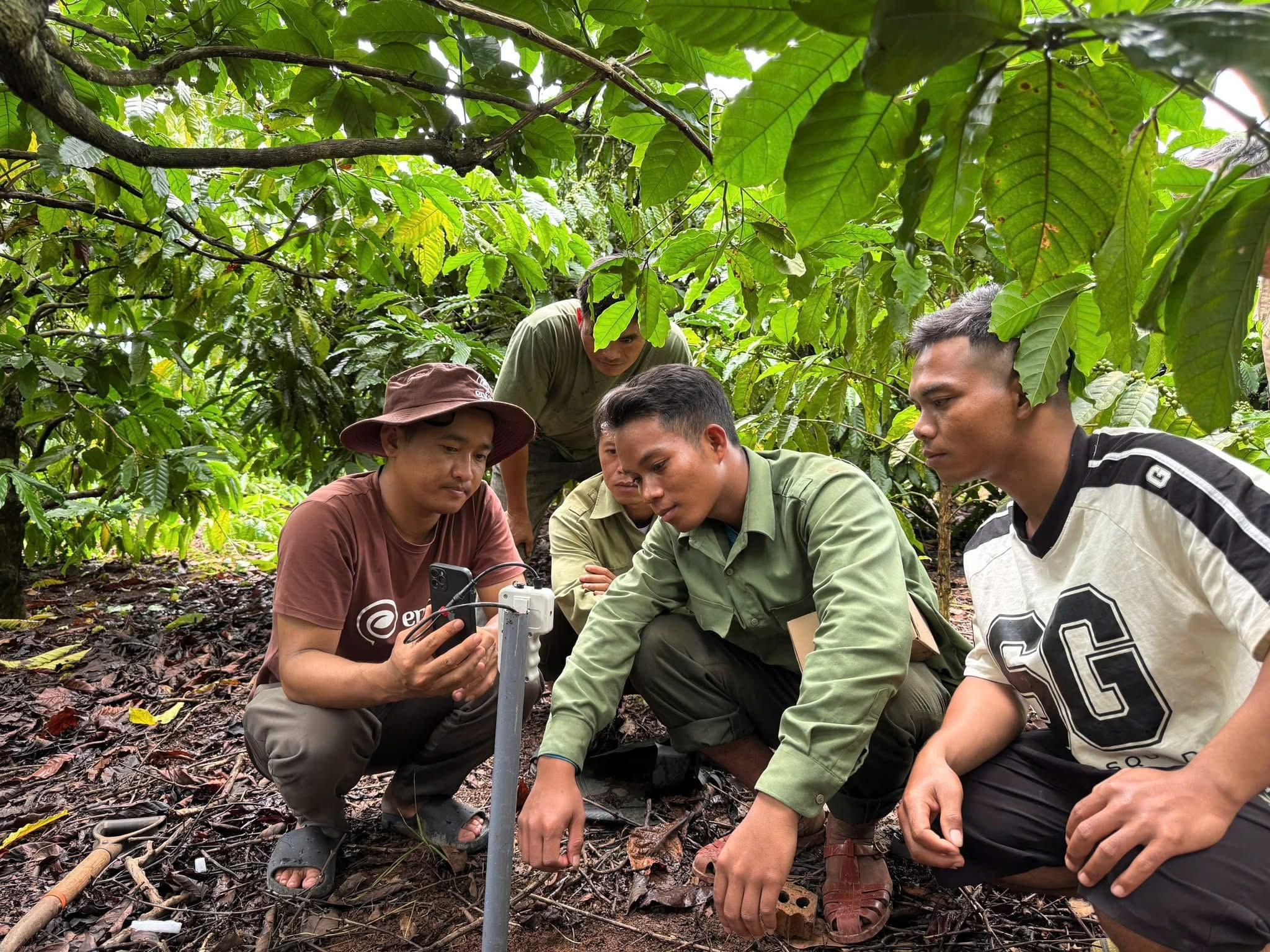
Enfarm Agritech develops soil sensor systems and the Enfarm farm management platform, helping extension officers “speak in numbers” and provide intuitive, accurate advice, which is an important step in the transformation from traditional extension to data-driven extension.
With a vision of public-private partnership, Bayer Vietnam Co., Ltd. is working with the National Agricultural Extension Center and the Central Highlands Agriculture and Forestry Science and Technology Institute to implement the Better Life Farming project on durian and coffee trees in Dak Lak and Lam Dong; and plans to expand to pepper trees. In 2025, Bayer will cooperate with the Department of Crop Production and Plant Protection to build a sustainable durian production model, ensuring food safety. To date, there have been 15 models on durian trees and 13 models on coffee trees, becoming "real-life classrooms" for farmers.
Agricultural extension is not only an institution for transferring knowledge and technology, but also a pillar leading the green transformation process in agriculture. The connection between the State, scientists, businesses and farmers is forming a new ecosystem where knowledge, data and technology converge, opening up the future of modern, ecological and internationally integrated agricultural development in the Central Highlands.
That is also the consistent orientation in the development strategy of Vietnam’s agriculture: green, sustainable, inclusive and high value. To realize this vision, agricultural extension needs to continue to invest systematically in people, organization and technology, becoming a “guide” on the journey to elevate the brand of Vietnamese agricultural products.
Source: https://daibieunhandan.vn/phat-huy-vai-tro-khuyen-nong-trong-kien-tao-nong-nghiep-ben-vung-tay-nguyen-10393591.html


![[Photo] General Secretary To Lam meets former British Prime Minister Tony Blair](https://vphoto.vietnam.vn/thumb/1200x675/vietnam/resource/IMAGE/2025/10/30/1761821573624_tbt-tl1-jpg.webp)
![[Photo] National Assembly Chairman Tran Thanh Man receives foreign ambassadors who came to say goodbye](https://vphoto.vietnam.vn/thumb/1200x675/vietnam/resource/IMAGE/2025/10/30/1761820977744_ndo_br_1-jpg.webp)
![[Photo] The Third Patriotic Emulation Congress of the Central Internal Affairs Commission](https://vphoto.vietnam.vn/thumb/1200x675/vietnam/resource/IMAGE/2025/10/30/1761831176178_dh-thi-dua-yeu-nuoc-5076-2710-jpg.webp)
![[Photo] General Secretary To Lam attends the Vietnam-UK High-Level Economic Conference](https://vphoto.vietnam.vn/thumb/1200x675/vietnam/resource/IMAGE/2025/10/30/1761825773922_anh-1-3371-jpg.webp)
![[Photo] Touching scene of thousands of people saving the embankment from the raging water](https://vphoto.vietnam.vn/thumb/1200x675/vietnam/resource/IMAGE/2025/10/30/1761825173837_ndo_br_ho-de-3-jpg.webp)
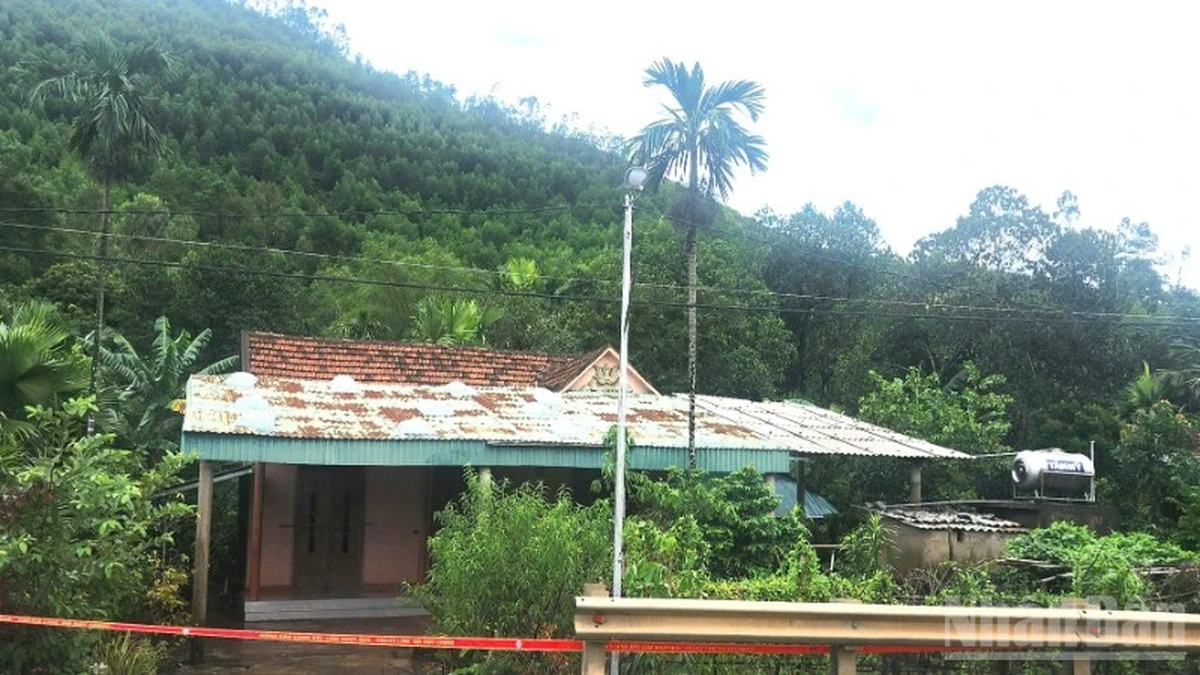

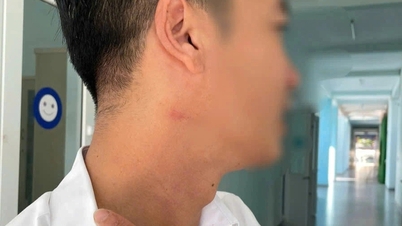

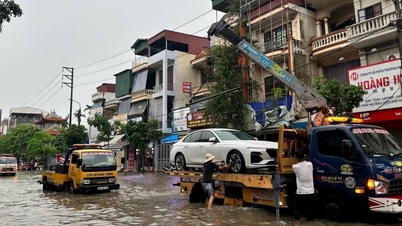

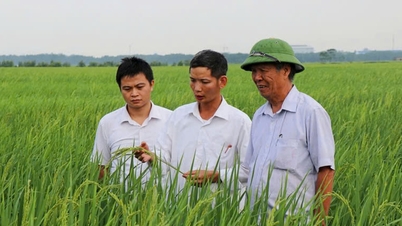
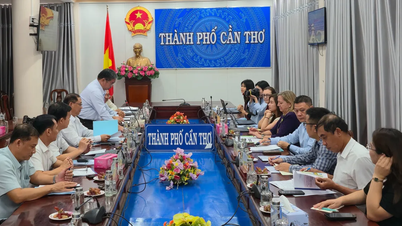

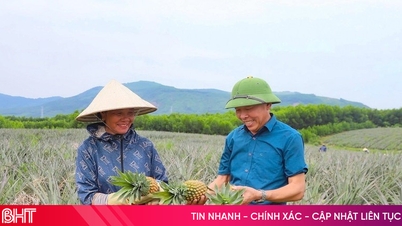





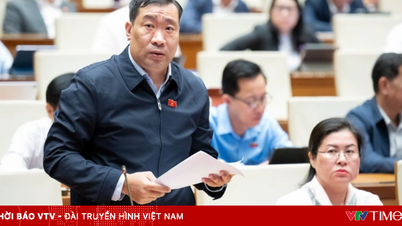
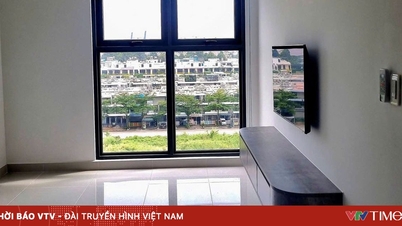

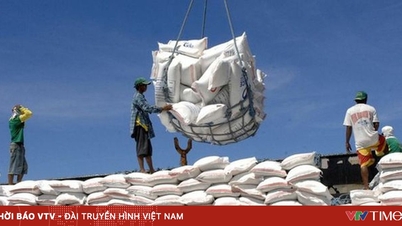




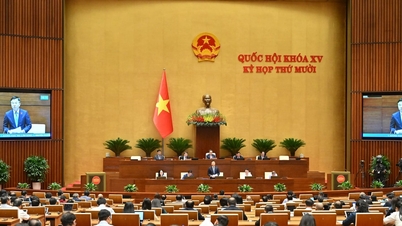
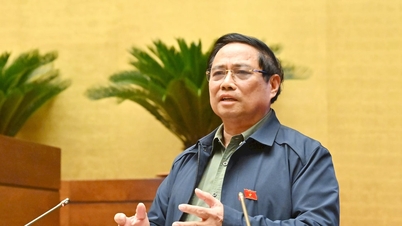
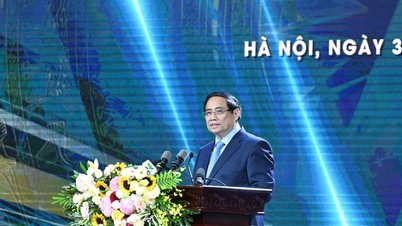
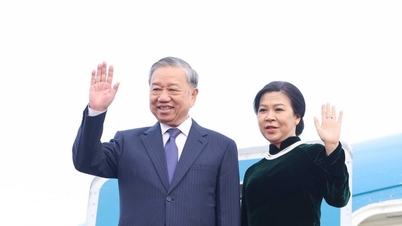
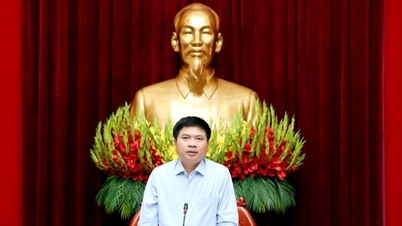
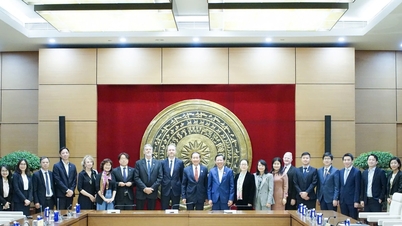




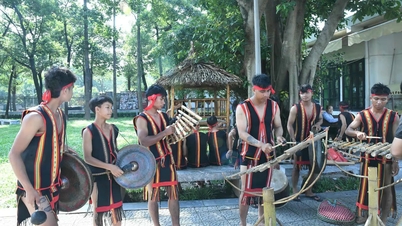

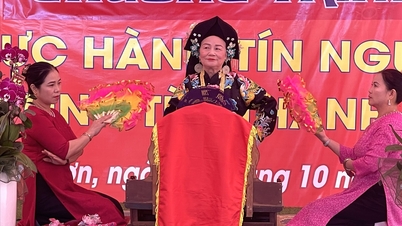







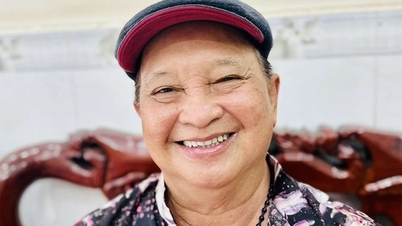

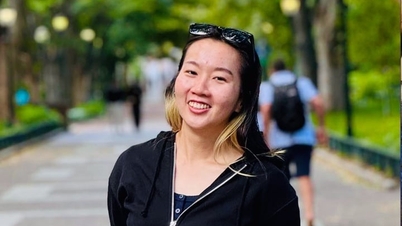

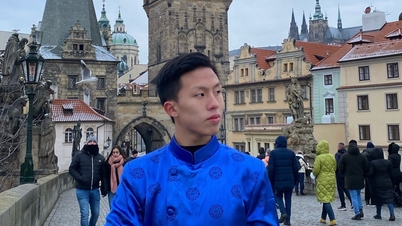

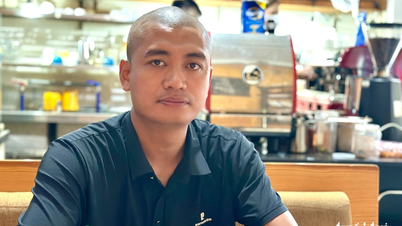

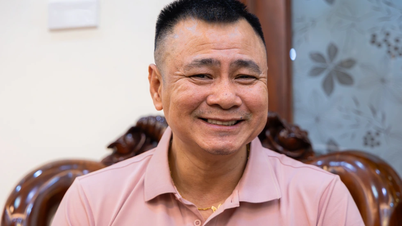
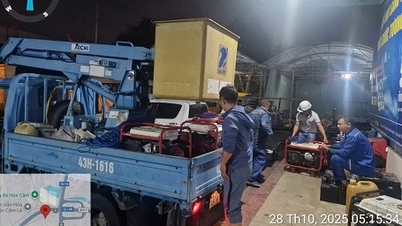



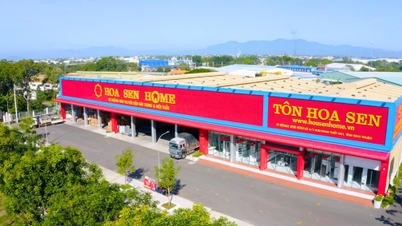


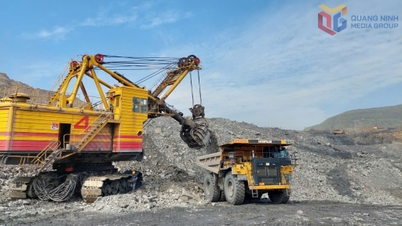







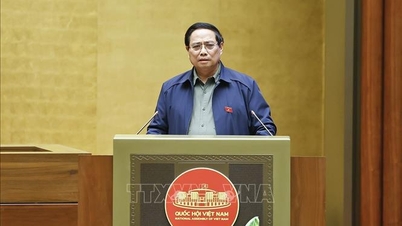

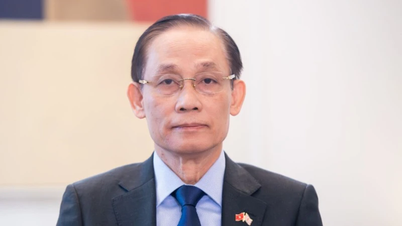

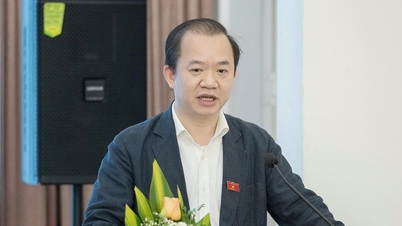
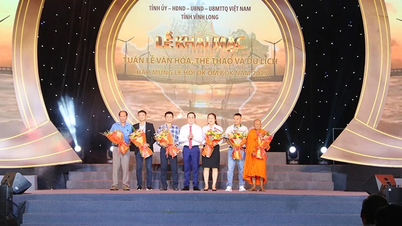
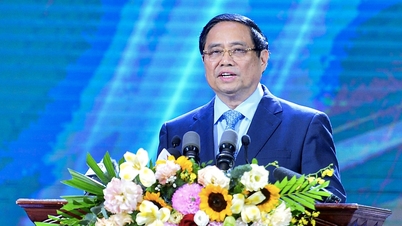

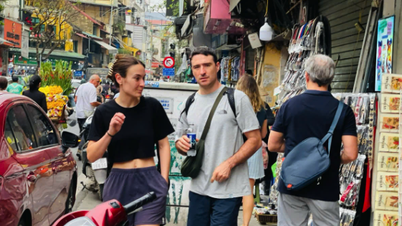
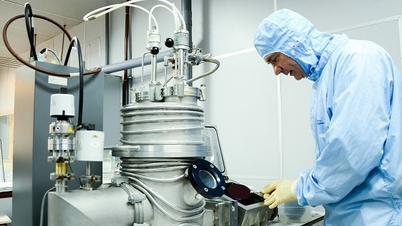

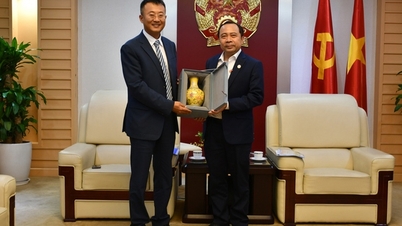
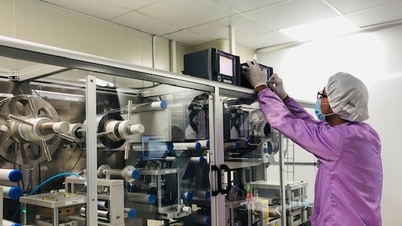
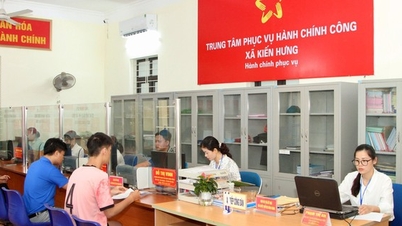
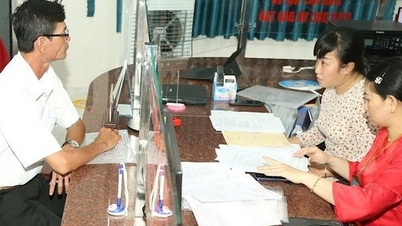
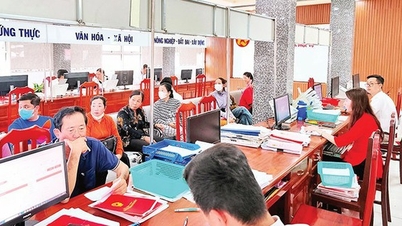
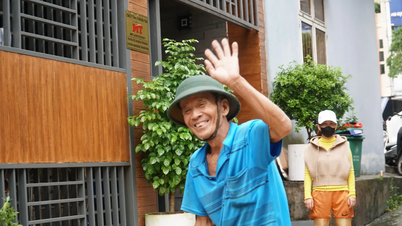
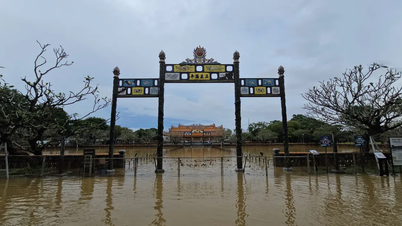
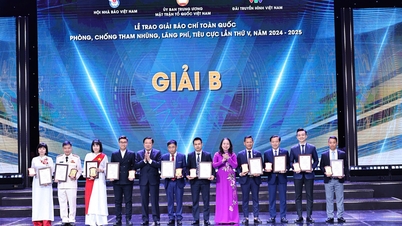

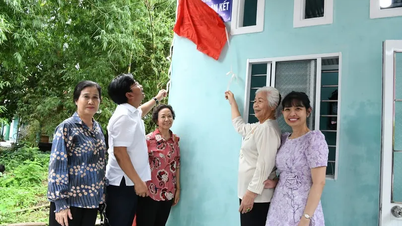

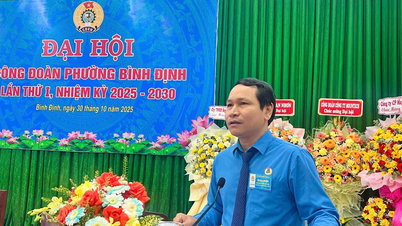













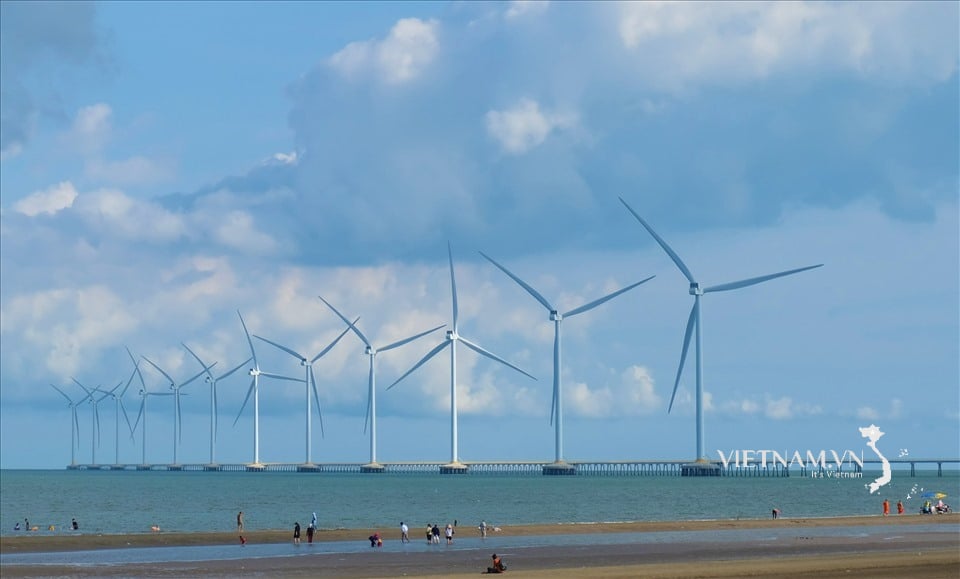


Comment (0)